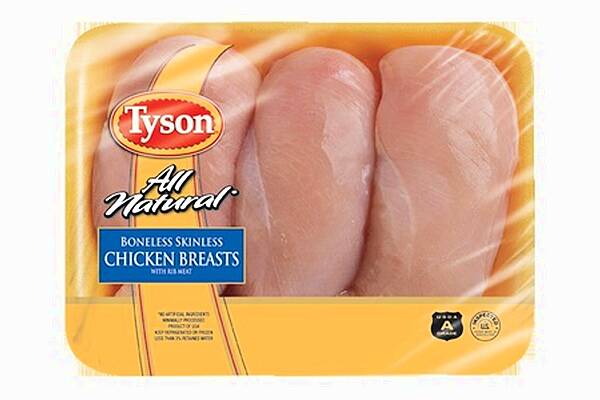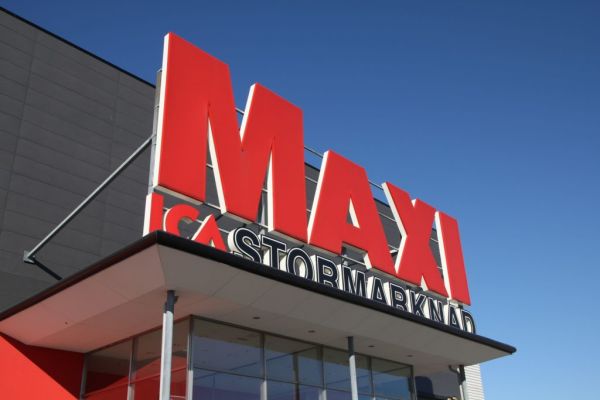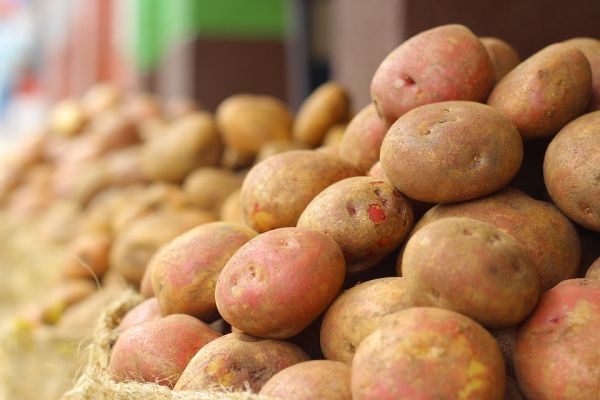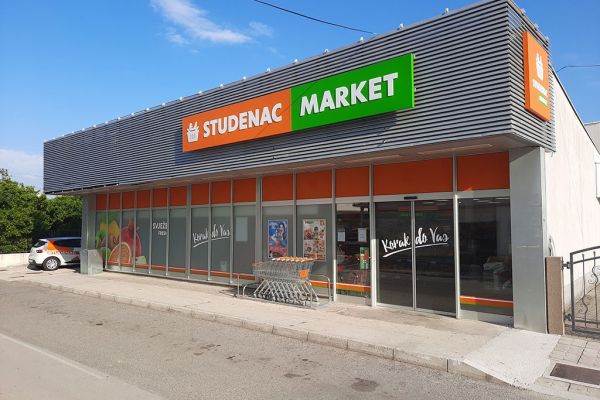Tyson Foods Inc., the largest U.S. meat processor, raised its full-year profit forecast for the second time in three months as declines in the cost of grain and livestock boosted margins.
Earnings excluding one-time items will be $4.40 to $4.50 a share in the 12 months through September, the Springdale, Arkansas-based company said Monday in a statement. That compares with a May projection of $4.20 to $4.30 and exceeds the $4.35 average of 13 analysts’ estimates compiled by Bloomberg.
Tyson’s bullish outlook followed a strong fiscal third quarter. Net income rose to $1.25 a share in the three months ended July 2 from 83 cents a year earlier. Profit excluding one-time items was $1.21, beating the $1.06 average estimate. Sales fell to $9.4 billion from $10 billion, topping the $9.33 billion average estimate. Tyson’s operating margin in the quarter rose to a record 8.2 percent.
Tyson Chief Executive Officer Donnie Smith said on an call with analysts he’s confident of earnings-per-share growth for fiscal 2017 in the “high single-digit” range after a gain of about 40 percent in fiscal 2016. That view is based on cattle herds expanding, barring a drought, and the company increasing its mix of value-added chicken and higher-margin prepared foods. The average analyst estimate for earnings-per-share growth in fiscal 2017 is 7.3 percent.
Tyson shares erased earlier gains and were down 0.6 percent to $73.19 at 11:50 a.m. in New York.
“People are struggling with the idea that these earnings are looking peakish,” Tim Ramey, a Salem, Oregon-based analyst for Pivotal Research Group LLC, said in a telephone interview Monday. Profit growth in the high single digits “is below trend line but still powerful,” he said.
Cattle futures in Chicago have declined 16 percent this year, while hogs dropped 2.5 percent. Corn, a key ingredient in chicken feed, has fallen 6.5 percent. While Tyson buys most of its cattle and hogs for slaughter from independent farmers, it owns the chickens and takes on the feeding cost.
While Tyson’s better-than-expected earnings report was due largely to lower feed costs, the company is also gaining ground because of its success in differentiating its business from those of competitors who are more focused on commodity-meat operations, RBC Capital Markets analyst David Palmer said in a note. He cited as an example the company’s prepared-foods segment, which was expanded following Tyson’s $7.84 billion acquisition of Hillshire Brands Co. in 2014.
Tyson sees opportunities to grow organically as demand for protein increases, but it may also consider future deals based on strategic fit and returns, Smith said during the call. Given its cash flow and deleveraging, the company has the capacity to do another deal the size of Hillshire, Chief Financial Officer Dennis Leatherby said on the call with analysts Monday.
News by Bloomberg, edited by ESM. To subscribe to ESM: The European Supermarket Magazine, click here.














